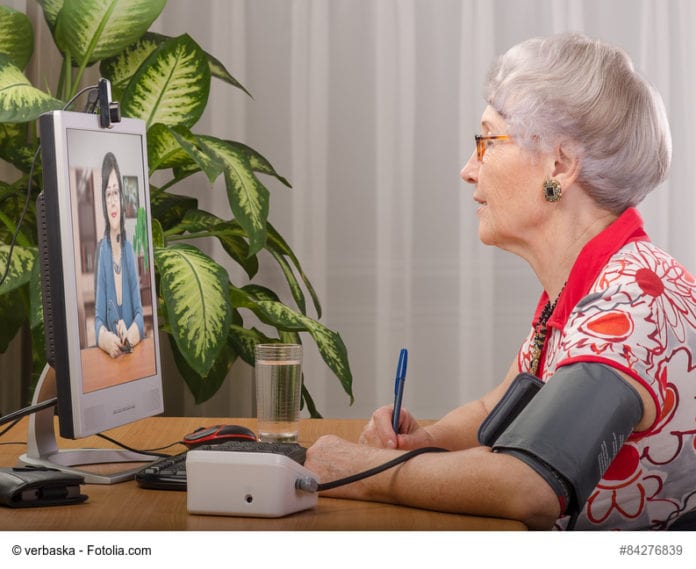More than 50 million Americans live in rural areas, and many have limited access to health care. For someone living far from an urban area, local specialty care for complex health issues is difficult, if not impossible, to obtain. For years, telemedicine programs across the country have connected rural patients to specialists in urban settings. Now, a study by University of Missouri School of Medicine researchers shows that patients and providers alike are satisfied with video-based health care.
"Telehealth uses technology such as video conferencing to bridge the distance between a patient and physician,"
said Mirna Becevic, Ph.D., an assistant research professor of telemedicine at the MU School of Medicine and lead author of the study. "It allows patients to remain in their communities, saving them from undue hardships related to long-distance travel and time off work. Although the main concept is to provide health services to patients, for telemedicine to be truly effective, it also must be beneficial to those who provide care. The goal of our study was to understand satisfaction levels of all telehealth users."
Becevic's team developed three surveys for patients, physicians and on-site equipment coordinators served by the Missouri Telehealth Network. The Missouri Telehealth Network was begun by the MU School of Medicine in 1994 to connect rural Missourians with physician specialists at MU Health Care. The network now offers 29 different clinical specialty services including behavioral health, dermatology and care for autism at 202 sites in 62 of Missouri's 114 counties.
Survey questions were related to perceived benefits such as ease of use, quality of care and acceptance as an alternative form of health services.
The study revealed user satisfaction among all three groups.
Eighty-three percent of 286 patients surveyed felt they received skilled care during their telehealth visit, and 78 percent agreed they would use the service again. Of 12 site coordinators surveyed, 67 percent agreed that telehealth appointments were easy to coordinate. Eighty-six percent of 21 physicians surveyed were satisfied with the care they were able to provide patients via telehealth.
"Our study confirmed and validated the use of telehealth to care for rural patients," said Becevic. "Knowing the level of satisfaction among all users allows us to explore the possibility of expanding specialty services such as behavioral health, dermatology and care for autism beyond rural areas to include more urban sites."

